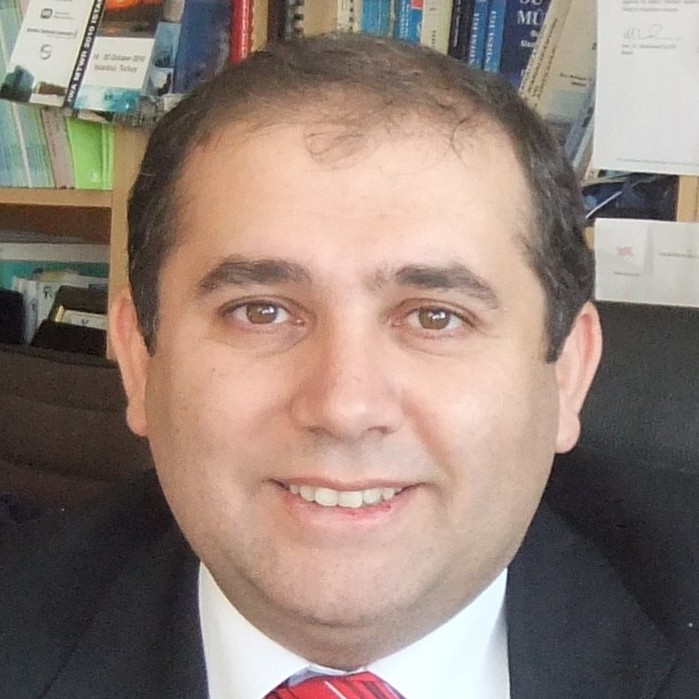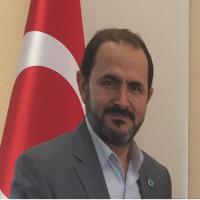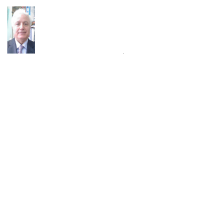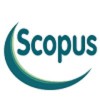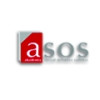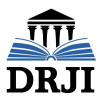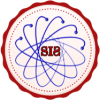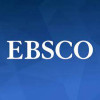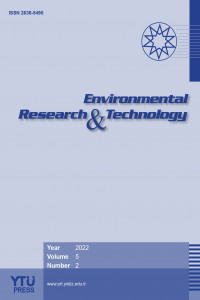Research Article
Aim & Scope
Environmental Research & Technology is a peer-reviewed, free of charge, International multidisciplinary Journal published by Environmental Engineering Department of Yildiz Technical University, Turkey. The Journal offers complete coverage of environmental issues with original contributions such as Research Articles, Short Communications, Review Papers, Book Reviews, Editorial Discussions, and Conference Papers. Suggestions for Special Issues are also welcomed.
The goal of this journal is to provide a platform for researchers and academicians in order to promote, discuss, and share new issues and developments in various areas of environmental research. The Editorial Board will consider papers for publication based on novelty, impact on environmental problems, and contribution to environmental research advancement.
Topics of interest are including but not limited to;
- Air Pollution
- Water Pollution
- Soil and Land Pollution
- Waste Treatment and Disposal
- Wastewater Treatment and Disposal
- Climate Change
- Global Warming
- Natural Resource Depletion
- Light and Noise Pollution
- Agricultural Pollution
- Public Health Issues
- Loss of Biodiversity
- Ozone Layer Depletion
- Nuclear Issues
Environmental Research & Technology provides an Open Access platform to publish the latest contributions in the field of environmental engineering. The journal has an interdisciplinary and multinational Editorial Board which reflects the composition of the research community the journal will serve. The open access format of the journal will provide the availability of all articles freely, and immediately upon publication.
Some of the important advantages of publishing in Environmental Research & Technology are listed below:
- The journal is open access, means that the articles are accessible to everyone, and free of charge.
- Papers can be submitted at any time, and all submissions are processed immediately with strict deadlines for reviewers, authors, and editors.
- We start with four cycles per year, but hope to increase it in the near future.
- The reviewing process is designed to take three months between the start of the reviewing and final decision.
- The open access format will enables the public to become acquainted with the advance of environmental science and technology.
- The knowledge access through the academia will be accelerated without any limitations.
Author Guidelines
Environmental Research & Technology offers complete coverage of environmental issues with original contributions such as Research Articles, Short Communicaitons, Review Papers, Book Reviews, Editorial Discussions, and Conference Papers.
The entire submission and review process for Environmental Research & Technology will be handled electronically. All papers should be submitted electronically through http://dergipark.gov.tr/journal/1368/submission/start.
General Guidelines:
- Manuscripts should be submitted in a Word (.doc or .docx) format and should be compiled in the following order: title page; abstract; keywords; main text; references; appendices (as appropriate).
- Please provide full names, affiliations, postal addresses, telephone numbers and email addresses of all authors on the cover page of the manuscript, and identify one author as the corresponding author.
- Manuscripts must be written in English, and should be checked by a native speaker for spelling and grammar if possible.
- Divide your article into clearly defined sections. Any subsection may be given a brief heading. Each heading should appear on its own separate line. Papers should be structured, i.e. they must comprise:
- Abstract: No more than 250 words briefly specifying the aims of the work, the main results obtained, and the conclusions drawn.
- Keywords: 3–6 keywords (in alphabetical order) which will enable a subsequent information retrieval system to locate the paper.
- Introduction: Describing the background of the work and its aims.
- Materials and Methods: A brief description of the methods/techniques used (the principles of these methods should not be described if readers can be directed to easily accessible references or standard texts).
- Results and Discussion: A clear presentation of experimental results obtained, highlighting any trends or points of interest.
- Conclusions: A brief explanation of the significance and implications of the work reported.
- Acknowledgements: Collate acknowledgements in a separate section at the end of the article before the references and do not, therefore, include them on the title page, as a footnote to the title or otherwise. List here those individuals who provided help during the research (e.g., providing language help, writing assistance or proof reading the article, etc.).
- References: These should be to accessible sources. Please ensure that all work cited in the text is included in the reference list, and that the dates and authors given in the text match those in the reference list. References must always be given in sufficient detail for the reader to locate the work cited (see Guide for Authors document for formats).
Please download the Instruction for Authors document and prepare your manuscript according to this file. Authors can also use this file as a template for their manuscript.
Ethical Principles and Publication Policy
Plagiarism
All journals published by Yildiz Technical University are committed to publishing only original material, i.e., material that has neither been published elsewhere, nor is under review elsewhere. Manuscripts that are found to have been plagiarized from a manuscript by other authors, whether published or unpublished, will incur plagiarism sanctions. Also, the manuscripts are checked for plagiarism using Ithenticate which is subscribed by Yıldız Technical University (YTU).
Duplicate Submission
Manuscripts that are found to have been published elsewhere, or to be under review elsewhere, will incur duplicate submission/publication sanctions. If authors have used their own previously published work, or work that is currently under review, as the basis for a submitted manuscript, they are required to cite the previous work and indicate how their submitted manuscript offers novel contributions beyond those of the previous work.
Citation Manipulation
Submitted manuscripts that are found to include citations whose primary purpose is to increase the number of citations to a given author’s work, or to articles published in a particular journal, will incur citation manipulation sanctions.
Data Fabrication and Falsification
Submitted manuscripts that are found to have either fabricated or falsified experimental results, including the manipulation of images, will incur data fabrication and falsification sanctions.
Improper Author Contribution or Attribution
All listed authors must have made a significant scientific contribution to the research in the manuscript and approved all its claims. It is important to list everyone who made a significant scientific contribution, including students and laboratory technicians.
Redundant Publications
Redundant publications involve the inappropriate division of study outcomes into several articles.
Sanctions
In the event that there are documented violations of any of the above mentioned policies in any journal, regardless of whether or not the violations occurred in a journal published by YTU, the following sanctions will be applied:
Immediate rejection of the infringing manuscript.
Immediate rejection of every other manuscript submitted to any journal published by YTU by any of the authors of the infringing manuscript.
Prohibition against all of the authors for any new submissions to any journal published by YTU, either individually or in combination with other authors of the infringing manuscript, as well as in combination with any other authors. This prohibition will be imposed for a minimum of 36 months.
Prohibition against all of the authors from serving on the Editorial Board of any journal published by YTU.
In cases where the violations of the above policies are found to be particularly egregious, the publisher reserves the right to impose additional sanctions beyond those described above.
• Assessments have to be done neutrally.
• There must be no conflicts of interest between reviewer(s) and authors.
• The reviewer(s) must indicate deficiencies in terms of work, attribution, rules etc., related to the manuscript.
• Material under review should not be shared or discussed with anyone outside the review process.
• Editor(s) have the right to accept or decline articles. They have to use this responsibility in a timely way that conforms with publishing schedules.
• Editor(s) should avoid conflicts of interest in accepting or declining articles.
• Editor(s) should only accept articles that are original and contribute to the field of the journal.
• Editor(s) should enable authors to make corrections to their work after receiving requests for revision (thus enabling publication) or to withdraw their articles before or after any requests for revision are made.
• The editor(s) will ensure that articles will be assessed by at least two referees according to the double-blind peer review process.
• Editor(s) will work with “Turnitin” plagiarism software to determine if articles and authentic and original.
Price Policy
None.
Indexes
Citation Indexes
Other Indexes
Journal Boards
Scientific Director

Editor in Chief


Assistant Editor

Language Editor

Co-Editors (Air Pollution)

Co-Editors (Environmental Engineering and Sustainable Solutions)
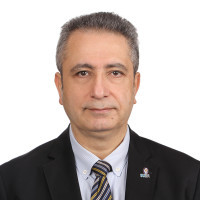


Co-Editors (Water and Wastewater Management)



Editorial Board



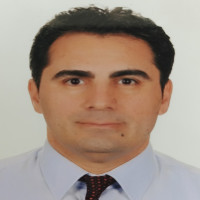


 Web
Web
